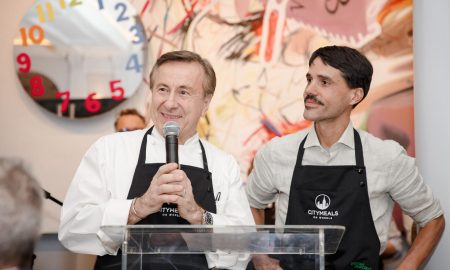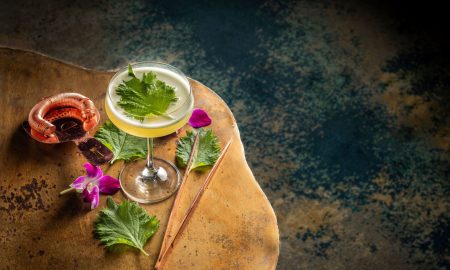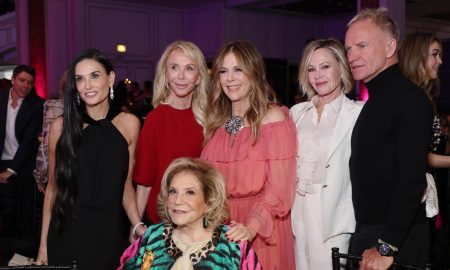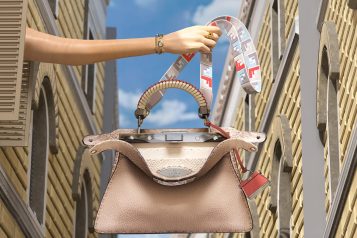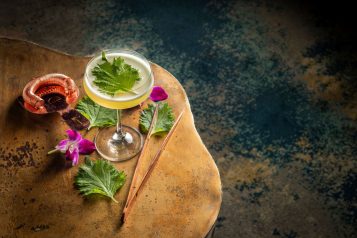
With the holidays looming on the horizon, it’s the ideal time to stock up on champagne. While the sparkling wine aisle at Bevmo is full of perfectly good options, from Schramsberg to Nicolas Feuillatte, if you want to serve the best Champagne around, you’ve got to pour Dom Pérignon. It’s hands down, no question asked, the creme de la creme. Sure, brands like Krug, Bollinger, and Ruinart are impressive, but nothing says celebration like a bottle of Dom. Recently I attended a decadent Dom Pérignon dinner where I had the chance to chat with Diego Meraviglia, the brand ambassador for the luxe bubble. The exclusive event was hosted by Louis Vuitton Moet Hennessy and Todd Zabelle at the private club Villa Taverna. While we nibbled caviar and blinis, succulent prawns and tomahawk veal chops—paired with Dom Pérignon P2 Vintage 2000, Dom Pérignon P3 Vintage 1983, and Dom Pérignon P2 Rosé Vintage 1996 respectively—Meraviglia gave me the inside scoop on what makes Dom so special.
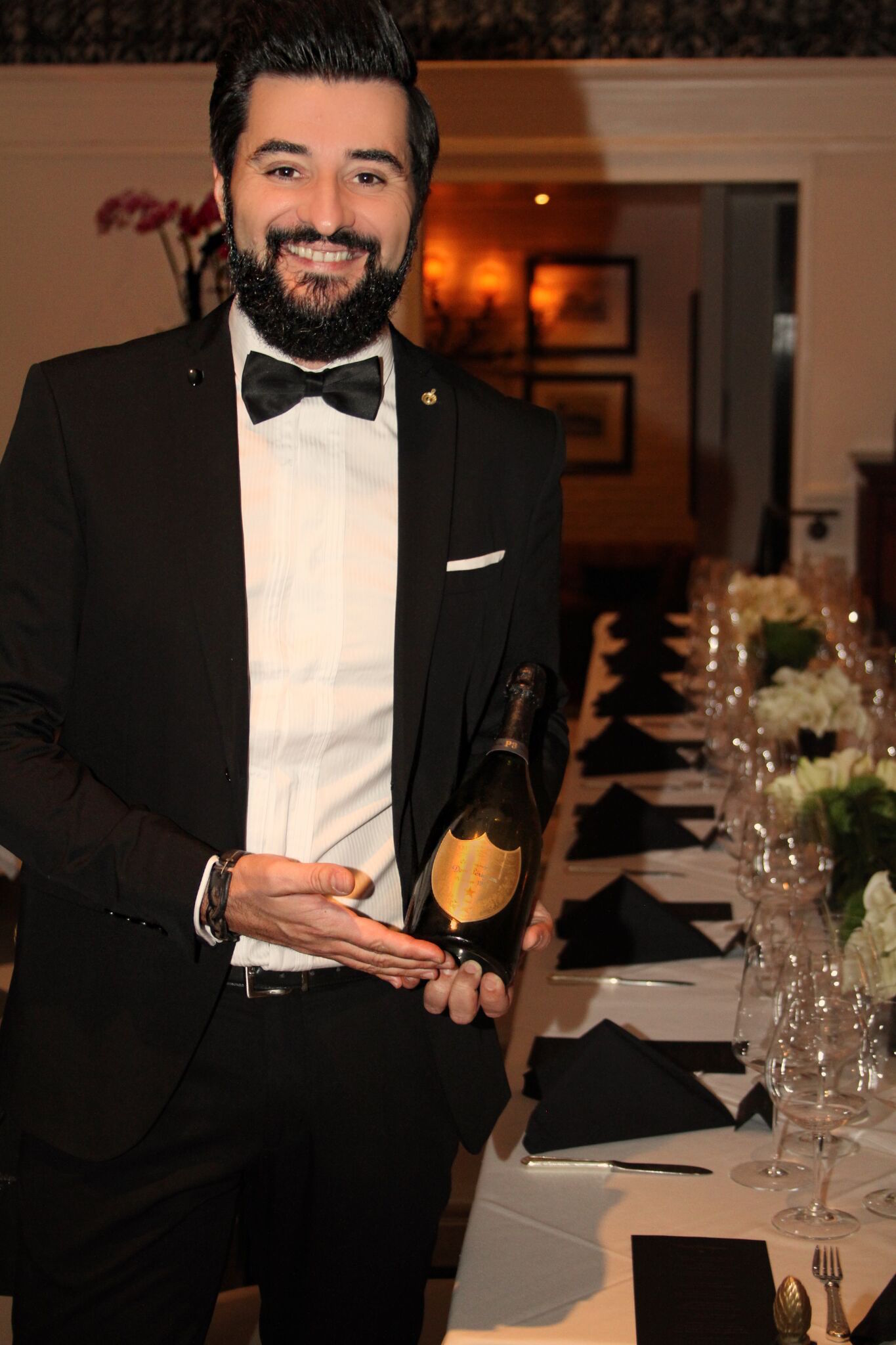
It’s one of the most recognizable brands in the world.
“Forbes said that we are in the top 10 most influential brands in the world and by influential, they meant recognizable,” Meraviglia explains. “I had friends who were musicians in Nashville that were stone cold somber and they know exactly what Dom Pérignon is.”
It has a legendary legacy.
“Our wines are seen as some of the most unique, high-end, sought-after, revered, luxurious, collected, sold at auction—whatever word or phrase you’d like to utilize—we’re seen as the top champagne in the world. Why, is the question. We’ve achieved this, not through marketing, but through legacy,” Meraviglia says. “One thing that’s very important to understand from the get go, is that when you drink a glass of Dom Pérignon, whether you like it or not, the most important thing to remember is that you’re drinking history and history is a word that’s part of what we are.”
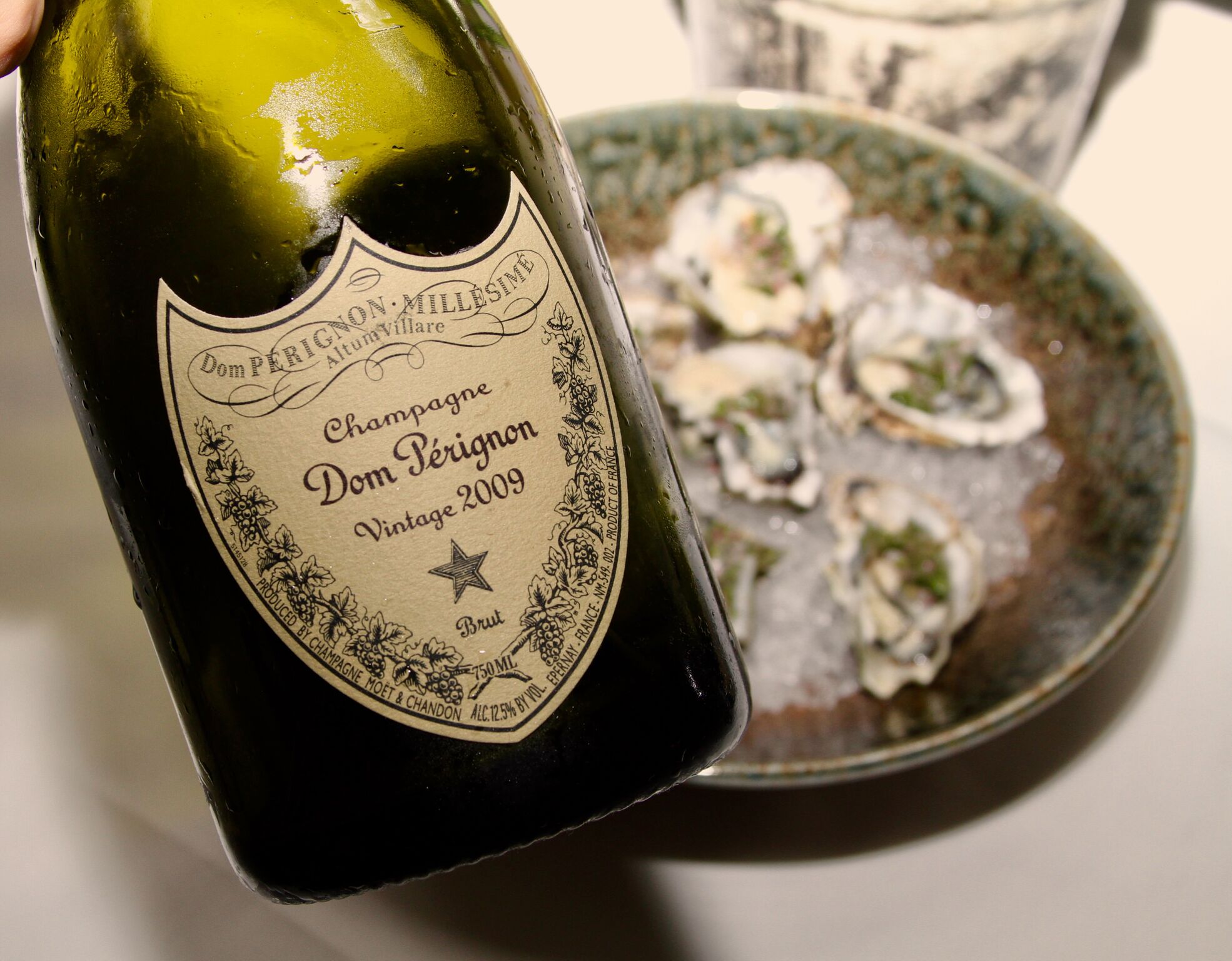
It’s the only champagne that has a history director.
“If you go visit Dom Pérignon in champagne, it’s not party central, it’s not some industrial complex. It’s an Abbey. It’s a spiritual holy place, where one of our brand team members is a history director and her job is to study the history of what we are,” Meraviglia clarifies. “Where does the story start? 1668, that’s a long time ago.”
Its namesake, a monk named Dom Pierre Pérignon, is known for his significant contributions to the production and quality of sparkling wine in general.
“Dom stood for Dominas or father, so father Pérignon was a 32 year old priest who lived by the rule of St. Benedict, which is “ora et labora” in Latin. Pray and work. Eight hours of work, eight hours of prayer, eight hours of sleep and that was their life philosophy. Hard work, discipline, excellence, perfection.”
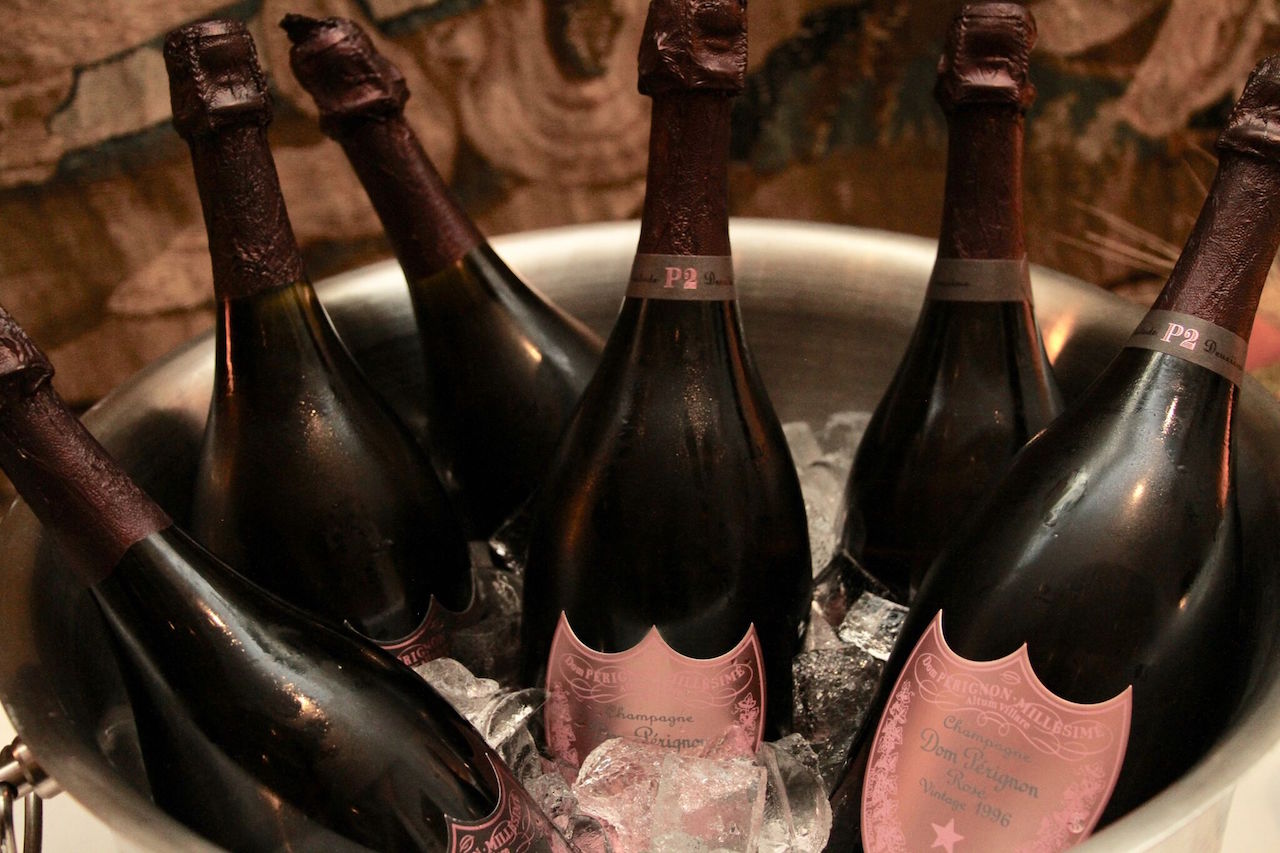
The brand owns the best vineyards in France for making Champagne.
“The vineyards that we have distinguish us. We have the best vineyard site in all of Champagne. We have the best fruit, Pinot Noir, Chardonnay, those two grapes from the best growing sites of Champagne.”
It’s always vintage Champagne.
“Other wineries, other brands make vintage editions, yes, but we are only vintage. We do nothing but vintage. Which means that if in that year, the fruit isn’t good enough, we don’t even make wine. 1997, no Dom Perignon made. 2007, no Dom Perignon made. If the fruit isn’t the best of the best of the best, we don’t make the wine.”
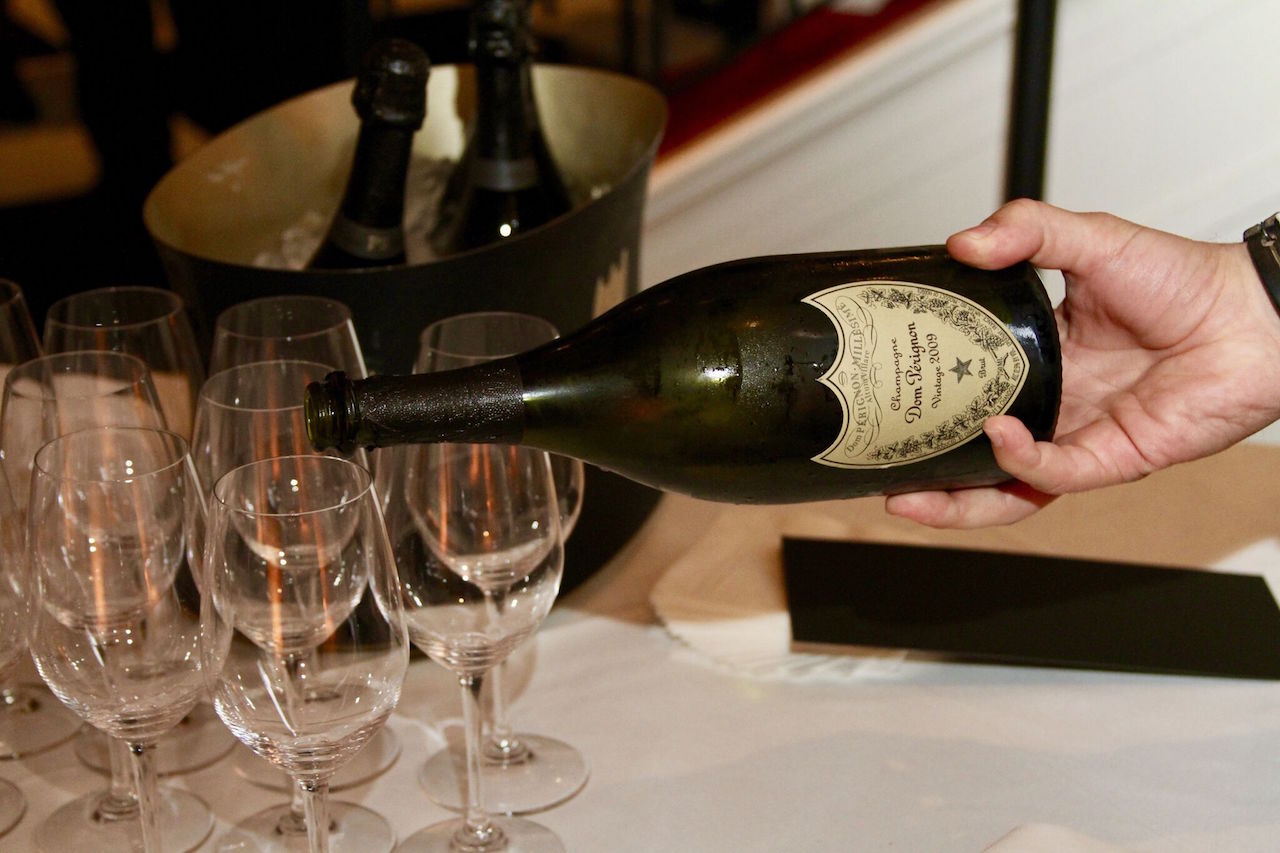
They have the time it takes to make the best quality sparklers.
“We have the luxury of time and the discipline of patience. Those are two things that really make all the difference, with why we are at the level that we are, as far as quality and recognition. No-one else in Champagne can afford to put in the amount of time that we put into making their wines. Moet behind us says, ‘Guys, you’re the crown jewel. Whatever you need to do to make the best that you can, do it. If you can’t do it that year, fine. Do it next year.’ There’s no pressure. There’s no commercial pressure.”












